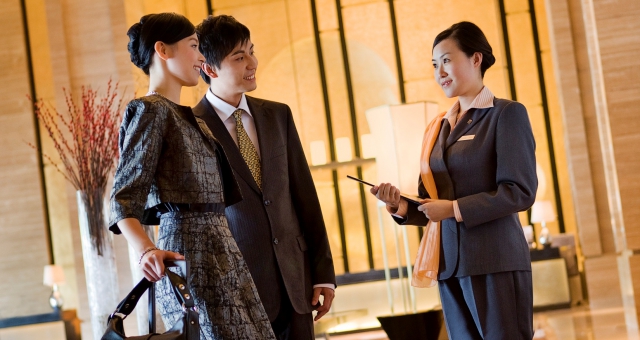Visitors to Australia spent a whopping $32.5 billion over the year to March 2015, driven by increased spending from the Chinese, TTF CEO Margy Osmond said today (Jul 29).
This expenditure represents a 9.6 per cent increase on the year to March 2015 – the highest annual growth rate on record – according to the latest International Visitor Survey (IVS) released today by Tourism Research Australia.
“This amazing result is underpinned by strong growth in Chinese visitors,” Osmond said.
“Chinese visitors were responsible for $6.4 billion of the total spend, or almost 20 per cent of total money spent by international visitors.
“What’s more, the total spending by Chinese visitors grew by almost a quarter over the past year, which is also the highest growth rate on record.
“Sometime this year we hope to see Chinese visitors push through the one million visitor barrier.
“This expenditure helps create and sustain jobs across Australia, in cities and in regional areas, and across a range of businesses including hotels, restaurants, bars and visitor attractions.
“To capitalise on this growth in Chinese visitors we must ensure Australia remains welcoming and competitive internationally as a must-visit destination.
“We need further reform to our visa system to make it easier and cheaper for the Chinese to come to Australia. What we see at the moment is visitors to Australia from mainland China paying around seven times more for their visas than visitors from Hong Kong or the United States.
“Other countries recognise the economic benefits generated by Chinese tourists and are taking visa reform seriously in order to capture their share of the market. For example, the Canadian government reduced their visa fees early last year to promote tourism and the South Korean government introduced a $90 (USD) 5-year multiple entry to encourage Chinese visitors. We should be adopting the same mentality.
“We also need to invest more in destination marketing to make sure Australia, as a great tourist destination, is front and centre in the minds of the 200 million Chinese expected to travel abroad in 2020.
“Investments in transport infrastructure are also crucial. We must build links to airports like Melbourne’s Tullamarine and Sydney’s Badgerys Creek, as well as invest in demand-driven infrastructure like national parks, cultural institutions, convention centres and urban open spaces,” she said.


